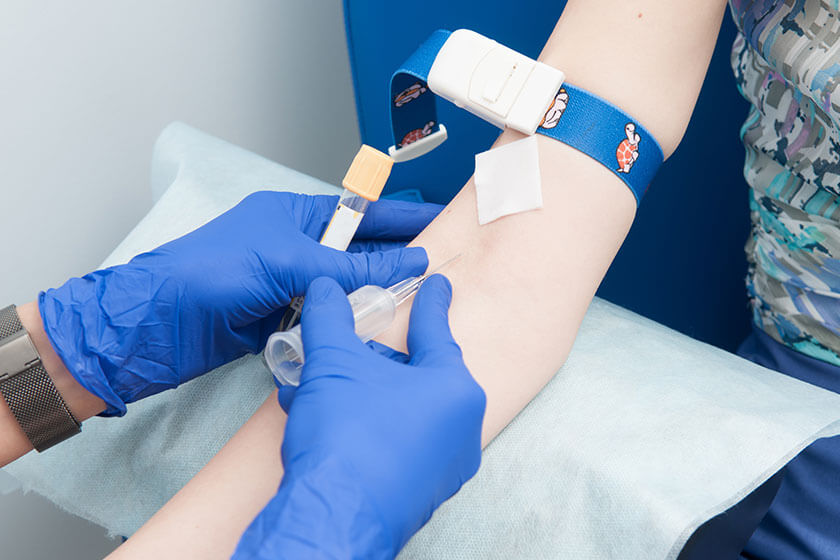20 May Phlebotomy Tips for Finding Difficult Veins

Finding the right vein for drawing blood can be tricky, even for expert phlebotomists. Sometimes, patients might have small, deep, or hard-to-find veins, especially if they are dehydrated. Using the right methods can make the blood draw easier and less worrisome for you and the patient. Here are some easy phlebotomy tips to help you find those tricky veins.
1. Understand Your Patient’s Anatomy
Before you try to draw blood, it’s really important to know about the human body. Veins can vary in size, depth, and location, depending on the person. Take time to touch and feel the veins to understand where they are and how deep they are. The most common places to draw blood are the veins in the forearm—the median cubital, cephalic, and basilic veins. Sometimes, these might not be the best places to use, so always have a second option in mind.
2. Use the Proper Tourniquet Technique
A tourniquet can help make the veins bigger and easier to see and use. But if it’s too tight or left on for too long, it might cause problems like a hematoma or change the blood test results. The tourniquet should be tight enough to stop the blood from flowing back but not so tight that it stops the blood from coming to the arm. Put the tourniquet about 3-4 inches above where you will put the needle, and only keep it on for up to one minute while you find the best vein.
3. Employ Visualization and Palpation Skills
It’s important to both look at and feel the veins to find a good one. Look for veins that are even and don’t split into two. When you touch the vein, it should feel bouncy, which means it’s a good vein for a needle. If you can’t see the veins well, warming up the area might help because it makes the veins bigger and easier to find.
4. Stay Hydrated and Prepare the Patient
Encouraging your patient to stay hydrated can really make veins stand out, as dehydration can cause veins to become harder to see. Before the procedure, ask your patient to drink plenty of water unless they shouldn’t for medical reasons. Additionally, having the patient warm their arm can increase blood flow to the area, making the veins easier to see.
5. Opt for Specialized Tools and Techniques
If a patient has very tricky veins, you might use special tools like a vein finder, which uses a special light to show where the veins are under the skin. Also, Phlebotomy Training Specialists recommends using a smaller needle called a butterfly needle for small or delicate veins. These are easier to handle and can help with tricky veins.
Practice Makes Perfect
The more you practice drawing blood, the better you will be at finding the right veins quickly and easily. Keep learning new ways and updating your skills by participating in training programs.
Handling Anxiety and Patient Comfort
Many people get nervous about having blood drawn, especially if they’ve had a bad experience before. Talking to them clearly and calmly about what you are doing can help them feel less scared. Be gentle and reassure them. If you can’t find a vein on the first try, think about whether to try again or if another phlebotomist should give it a go.
Document and Reflect on Your Experience
Keep track of your tries, whether successful or not. Write down what worked well and what you could do better next time. This will help you get better each time.
Conclusion
At Phlebotomy Training Specialists, we help you every step of the way in your phlebotomy career, from the basics to advanced skills. Our phlebotomy training classes give you the knowledge and tools you need to do well. Visit us to learn more about phlebotomy tips and take your skills to the next level with our complete guides. Join us today and start improving your phlebotomy practice!
